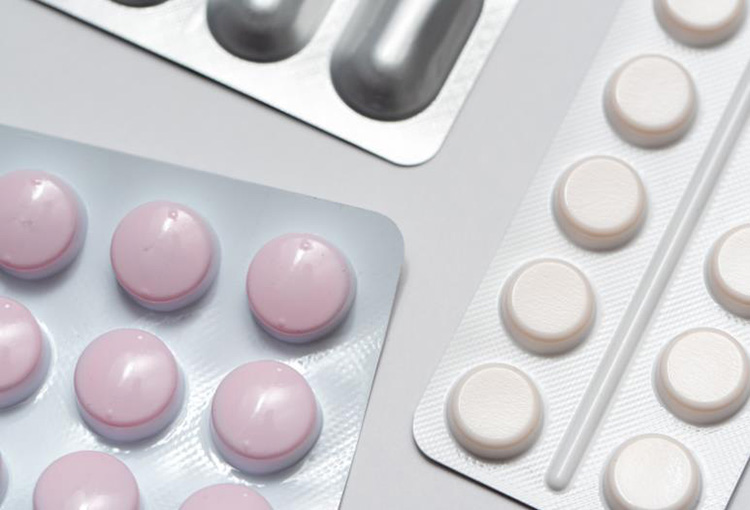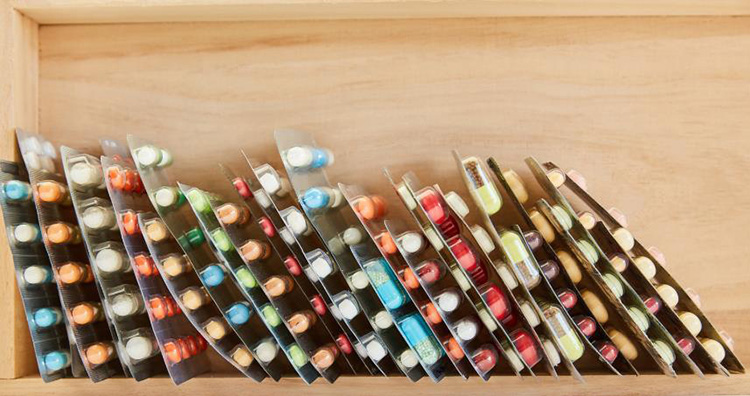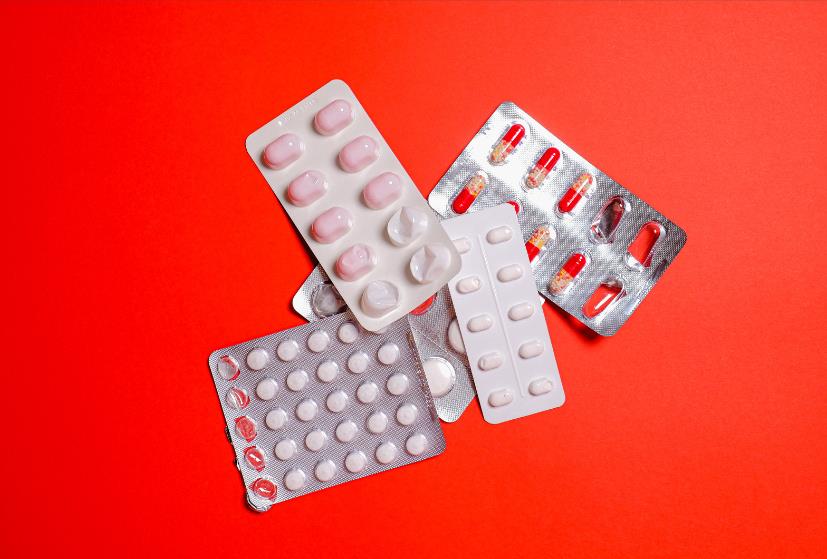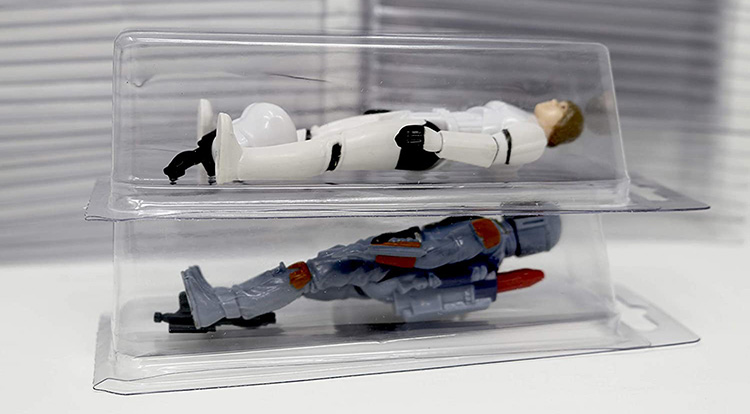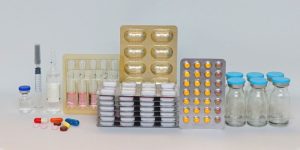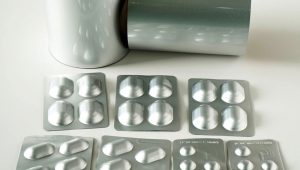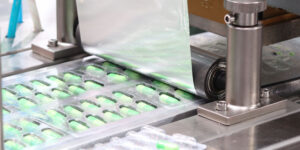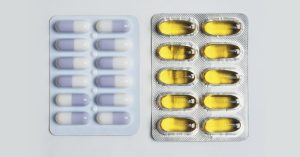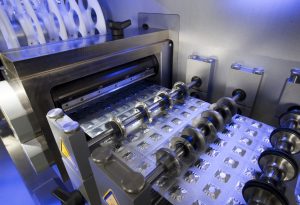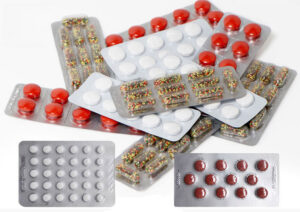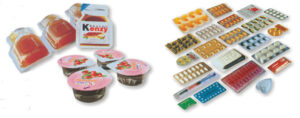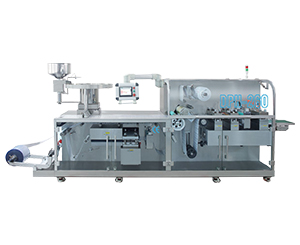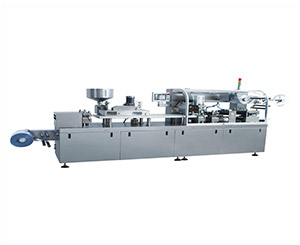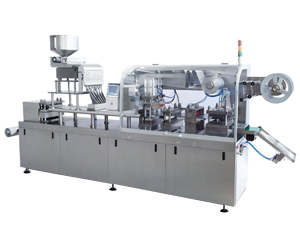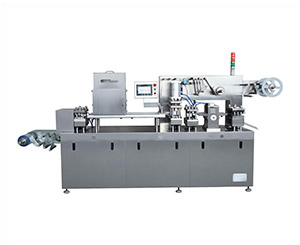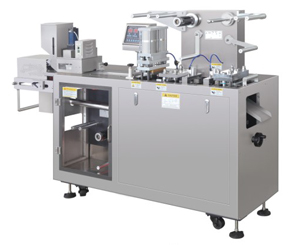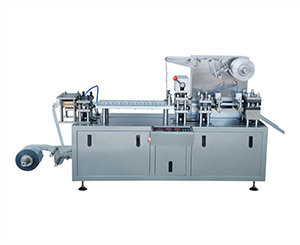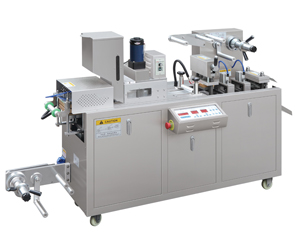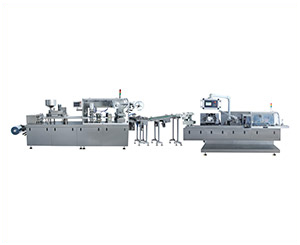Your Best Catching Forming Packaging-Blister Packaging
If you’re in packaging manufacturing,you should know that inspection system uses light to check the film material on the packaging line.
“Is your packaging in shape?” someone may asked.

Actually,the forming process of blister packaging is “one of the most critical process steps next to feeding products into blisters or trays.Variation in material thickness or thickness distribution in formed cavities could impact the ability of the package to maintain the intended barrier function.
And nowadays,experts in this industry have developed solutions to drive process efficiency, such as 100% process monitoring or process safety and control in manufacturing and packaging operations.
And to monitor blister forming consistency, the inspection system will measure the thickness and thickness distribution of clear and transparent film materials and components,this innovative technology helps to consistently and immediately produce in-spec blisters and trays. In-spec means the pocket/cavity is formed out properly and is safeguarding its content against environmental influences.
The inspection system also inspects the formed cavities right after forming, before filling and sealing. And the measurement is based on light (sender) penetrating the thermoformed and/or flat material,the receiver is converting the transmitted signal information into thickness in microns (µm).
Barrier against moisture correlates directly to the thickness of the walls of the package,too thin means that moisture can diffuse easier and quicker inside the cavity, harming the product by reducing its shelf life/efficacy and potentially causing discoloration.
But rather than just catch problems, the technology allows users to optimize barrier within tight tolerances.
You may also ask , why should one use extra-thick material when there is a technology available that allows one to always stay within the allowed boundaries that already have been established in stability testing?
Actually,there are multiple sources of forming variation, you will get the following potential reasons for variations in material thickness and thickness distribution:
The base material quality itself.
The proper function and setting of the heating and forming stations (e.g., temperature) or the speed of the entire process.
The timing of so-called plug-assists inside the forming station, which are mechanical plugs to pre-form the blister or tray. This is a technique that is typically used when the cavities need to be drawn down very deeply (e.g., for blisters holding vials, syringes, or any medical devices that require more ‘footprint,’ or typical consumer packaged goods (CPG) display packs with hanger holes carrying toothbrushes, batteries, etc.).
Prior to applying compressed air to shape out the cavity, some of the material that is smooth at this time because it is heated up is ‘forced’ downwards, then the remaining gap is formed out by air. By doing this, the material thickness in critical areas of the cavity such as the ridges stay thicker than forming without plug-assist.
Consequently, the cavity is more rigid and provides better moisture barrier in those otherwise thin areas.
New packaging materials that are more difficult to control, such as PET.
At present ,more and more companies have sustainability and carbon footprint initiatives in place, and one current initiative for numerous companies across the industries is to eliminate PVC, which is relatively easy to form.
The alternate films are in some instances quite tricky to control; hence, an inline-monitoring system supports maintaining the quality of the form in shape.
You can now catch variations in formed cavities before the filling step, correcting problems before filling and sealing and potentially reducing product waste or repackaging. For instance, “machines using a dedicated product feeding system can be signaled by the system to skip feeding for the section of formed web where the issue was detected.
When asked whether the inspection system could help improve OEE or other measures of efficiency, the industry expert says yes, offering these potential process benefits:
Actually,ramp-up phases can be reduced during start-up of production.
Outliers and quarantine are reduced, which are caused by finding an out-of-spec during an in-process control (IPC) sampling. Because of the 100% monitoring, trends are noticeable on-time, and one can counteract immediately.
Even automatically, if necessary, via feedback loop to the heating and forming station. This is part of the “Smart Factory” (aka Industrie 4.0) approach, in which smart and fully automated systems are fully and entirely self-regulating production processes.
If a dedicated feeding system is used and an out-of-spec cavity is detected, products are saved because they are not fed, and only the formed material is rejected.
Also, stops caused by poorly formed cavities initiated by the machine’s safety flap are avoided when products are sticking too far out of their pockets.
Packs are always in shape, and poorly formed cavities (which even might fulfill the thickness criteria but just look bad) are caught immediately, rather than when a patient or consumer catches that package on the market, causing complaints.
Finding formed material thickness consistent and as intended could reduce some downstream testing or sampling, “in theory,” the expert says, but not entirely. “In pharma, most likely not all sampling will be eliminated. There will stay a degree of sampling, which makes sense to challenge the systems against each other.
Due to the criticality of pharmaceutical products, the industry ‘standard’ is kind of like ‘wear a belt and a suspender’, means that redundancy guarantees the final quality of the product. From the perspective of a patient it is good to know that multiple safeguards are in place.
Blister packaging is a cheap and convenient way of packaging individual doses of a drug. Also, the packaging can be marked to aid effective administration. Individual packaging helps maintain the quality of the contents through containment in separate cavities or pockets. Damage to any part of the packaging material will not affect the whole.
Forming films and lidding structures are created according to the sensitivity of the product to moisture, oxygen, and light. The packaging components can be laminated with barriers that block the penetration of external elements. Opaque materials such as aluminum block light, preventing product degradation through UV radiation.
Blister packs, when opened, cannot be returned to their original form. It has an inherent tamper-evident mechanism since it is impossible to separate the lidding to the blister card without causing visible damage. This helps deter package pilferage not only in pharmaceuticals but also in consumer goods such as electronics.
Don't forget to share this post!
Blister Packaging Machine Related Posts
Blister Packaging Machine Related Products
Blister Packaging Machine Related Videos
CONTACT US
Tell us your raw material and project budget to get quotations within 24 hours.
WhatsApp Us: +86 189 7157 0951

Want the best price & newest pharmaceutical machinery buying guide,tips and trends sent straightly to your box?Sign up for Aipak’s monthly newsletter,we’re free for your consultation and Offer you the most suitable solutions!
The Buyer's Guide
- Capsule Filling Buyer's Guide
- Blister Packaging Buyer's Guide
- Tablet Counting Buyer's Guide
- Tube Filling Buyer's Guide
- Cartoning Buyer's Guide
- Gummy Making Buyer's Guide
- CO2 Extraction Buyer's Guide
- Empty Capsules Buyer's Guide
- Suppository Filling Buyer's Guide
- Tablet Coating Buyer's Guide
- Tablet Press Buyer's Guide
- Softgel Encapsulation Buyer's Guide
Most Popular
- 7 Importance Of Pharmaceutical Packaging In Different Applications You Must Know
- 6 Advantages You Must Know About Tablet Counting Machine
- 8 Advantages of Blister Packaging You Must Know
- 6 Critical Applications of Automatic Capsule Filling Machine
- 6 Stations You must Know to Improve the Filling Quality of Automatic Capsule Filling Machine


